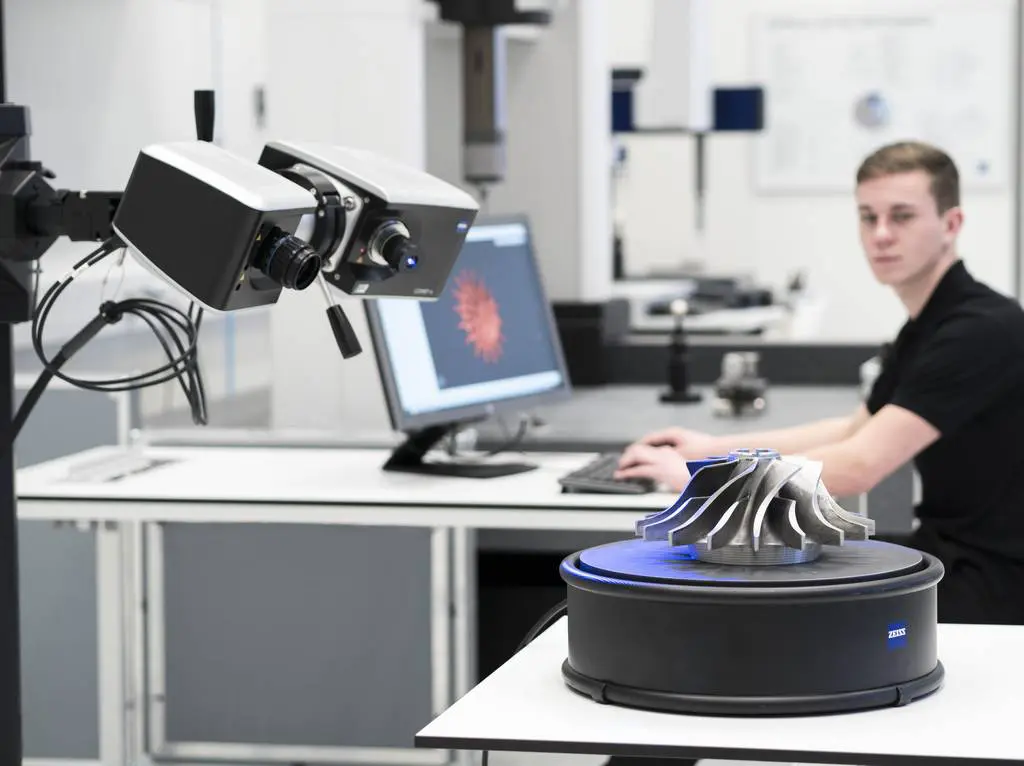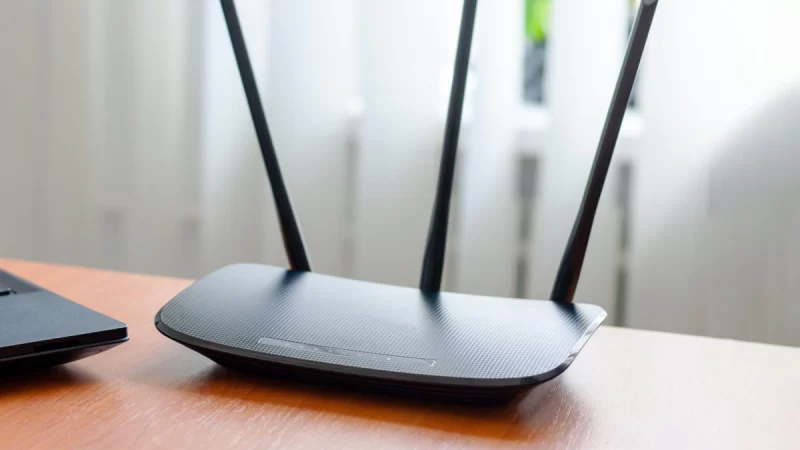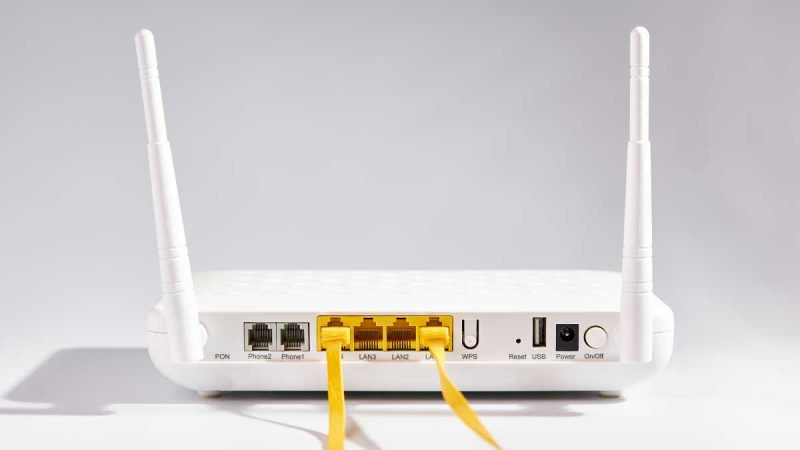Individual Guide On Reverse Engineering Service
In today’s fast-paced society, the need for innovative designs solutions is growing. 3D object scanning is a great way to capture the intricate details of real-world items. Through the use of cutting-edge technology these services allow individuals and businesses to digitize real-world objects. They open up new possibilities for industries including manufacturing, fashion, architecture and more. In this article, you will learn about the transformational power of 3D scans. You will also discover its many applications, as well as how it revolutionized the design process and creativity. 3D object scans are a combination of hardware technology and software. High-resolution digital cameras, laser sensors, structured light systems and laser sensors work together to capture each minute detail of the object’s surfaces, creating a digital three-dimensional representation. The measurement of geometrical data and generation of point clouds are the key steps in this process. They form the basis of creating realistic and accurate 3D models. The software algorithms will then convert the captured data into an usable format for further manipulation and fabrication. If you are searching for more information on reverse engineering service, check out the previously mentioned website.
The applications of 3D object scanning are vast and diverse. In product design and manufacturing it is used for reverse engineering, rapid prototyping as well quality control. Architects and designers are able to capture and seamlessly integrate real-world environments into their digital models. Healthcare professionals benefit from precise anatomical scanning for customized medical solutions. The entertainment industry uses 3D scanning for virtual characters in movies and games. The benefits are far-reaching, including increased efficiency, reduced costs, enhanced accuracy, and the ability to explore new design possibilities. To grasp the impact of 3D object scanning, let’s consider a few real-world examples. In the automobile industry, engineers scan real car parts in order to optimize their weight or aerodynamics. Designers can create tailored garments based on accurate body scans. Museums and other cultural institutions can digitize artifacts to preserve them in a digital format, which allows for virtual exhibits and detailed documentation. These examples demonstrate the versatility and usefulness of 3D scanning in various fields.
The potential for 3D scanning will only grow as technology advances. As machine learning, AI, and automation continue to advance, we can anticipate even more sophisticated scan capabilities and seamless integration of design workflows. Individuals and small businesses can now leverage the power of 3D scanning thanks to its democratization. The future is full of exciting design possibilities, innovations, and creativity, all unlocked by 3D scanning. The 3D scanning services revolutionized how we design, manufacture, and create. By digitizing objects in real life with remarkable precision, individuals and businesses gain access to an array of options for innovation and customization. These applications range from product development to architecture and healthcare. 3D scanning of objects will be a major influence on the future of design. It will offer new dimensions of creativity, and redefine what is possible. 3D scanners are a powerful tool that can open up countless possibilities.









